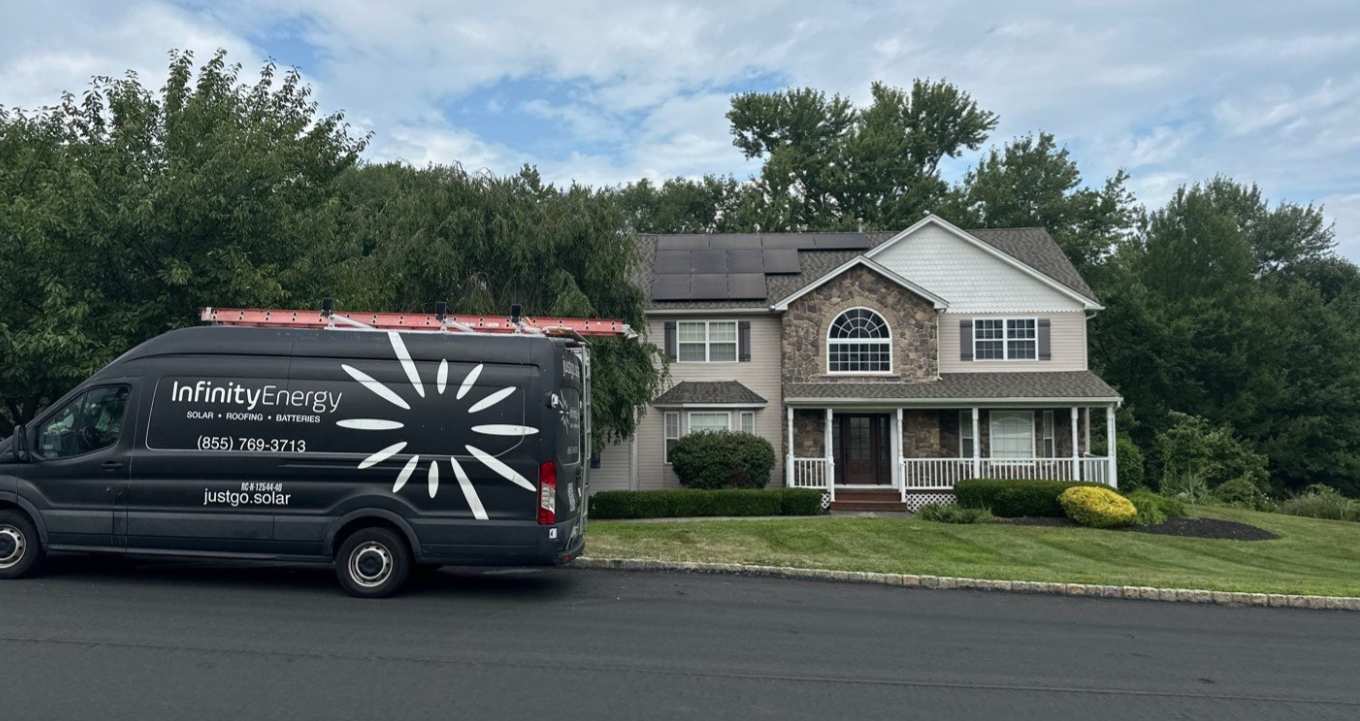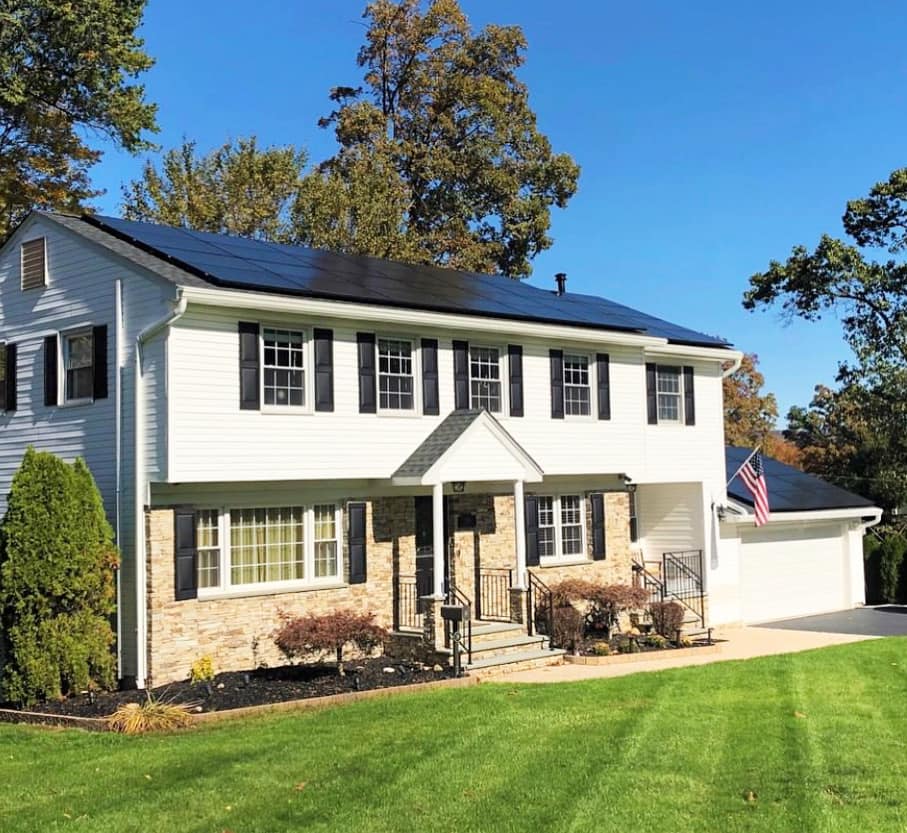A common question people ask is, “What does a solar panel installation cost in New York?” The answer varies by several thousand dollars because so many factors go into installing a residential solar array. Every installation in Rockland and Orange County is different, so by breaking down individual factors, you can begin to understand your solar installation quote.
System Size
The size of a solar array determines its energy output. The more kilowatt-hours (kWh) you want your solar installation to produce, the larger it must be and the more it will cost.
To determine the ideal size of your solar array, follow these four steps:
- Calculate how much electricity your home uses per month. Check the last 12 months’ worth of electricity bills and average them out.
- Determine your “sun hours.” According to a 10km satellite modeled data set from 1998-2009, Rockland and Orange Counties receive 4.5 to 5 sun hours per day.
- Decide what percentage of energy usage you want the solar array to offset.
- Plug these numbers into a solar sizing calculator or work with your installer to calculate the size.
For example, as a southern New York resident, if you use 600 kWh per month and want to achieve as close to a 100% energy offset as possible, you need a 5 kW solar array.
Panel Manufacturer
Not all solar panels are created equal. The manufacturer sets the price for its panels, which can vary widely based on material quality and solar cell efficiency.
Take SunPower solar panels, for example. This American-based manufacturer offers the highest efficiency solar panels on the market. This means you get more energy-producing power with every square foot of roof space. SunPower solar panels have:
- No grid lines on the front of the cell to maximize solar absorption and improve aesthetic appearance.
- A solid copper backing that adds massive strength and impressive longevity.
- Thick connectors to promote solar panel strength.
Number of Panels
Combine the size of the solar array you want with the efficiency available from the panel manufacturer to determine the number of panels you need. Of course, each additional panel increases the solar panel installation cost in NY, but it also increases the amount of electricity the system produces.
Power Inverter Manufacturer
The power inverter is a vital part of a solar installation because it converts direct current (DC) electricity produced by the solar panels into alternating current (AC), which is used inside the home. It also connects the solar array to the utility grid so you can still receive electricity at night, as well as sell back any excess electricity you produce through a net metering arrangement.
As with solar panels, many different manufacturers produce power inverters, and they all deliver slightly different features and ratings. Different inverters are appropriate for different installations, so it’s not necessarily about making your own choice, but about letting the manufacturer select an appropriate type for your solar array.
Number of Inverters
For larger solar installations, you may need multiple power inverters. Obviously, the more you need, the higher the cost will be.
Mounting Hardware
Unless your roof has the perfect pitch to collect the most sunlight, racking is typically required with a solar installation. Local climate, roof pitch and the size of your solar array play the biggest roles in determining the type and amount of racking your installation will require.
Labor Costs
You must also factor in transportation and installation costs. These vary by individual installer, geographic location and the size of the array. Labor costs aren’t a factor you can erase unless you perform the installation yourself, which isn’t recommended due to the task’s complexity. Expect labor costs to be included in your solar quote so you can compare different installers and choose the best value.
Additional Costs
To maximize sun exposure, your solar installer may recommend trimming branches or completely removing trees that shade the roof. This task adds to the total installation cost.
You may also determine you need a roof replacement before the panels are installed. An old or damaged roof may not be able to support the panels properly. Rest assured if you get a new roof, the panels will help protect it from future wind or hail damage.
Incentives and Rebates
After reviewing all the factors that go into a solar panel installation cost in NY, it’s time to see how incentives and rebates affect the final cost:
- Federal tax credits cover 30% with no upper limit.
- New York State offers a 25% income tax credit up to $5,000.
- New York State Energy Research and Development Authority (NYSERDA) offers cash incentives.
Your solar installer can help you work out all the costs and qualify for as many incentives as possible to make the total solar panel installation cost in NY as low as possible.











